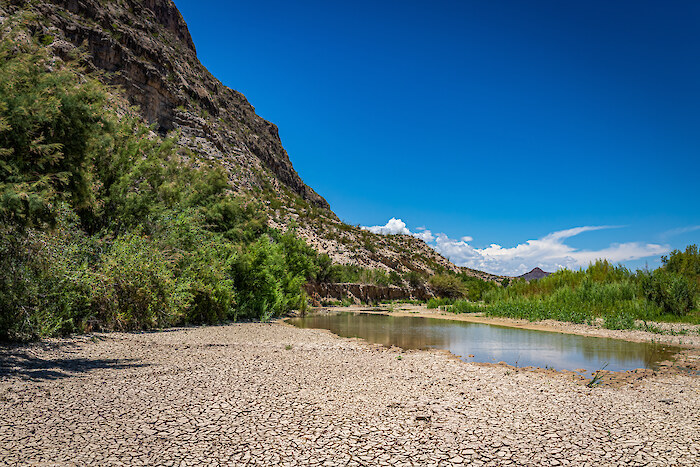
Like all rivers, the discharge of the Rio Grande river fluctuates in response to precipitation and snow-melt events. The full annual cycle of Rio Grande discharge includes periods of generally high flow, with regular inputs of precipitation and runoff, and periods of generally low flow during seasonally dry periods. Dams control flow along the river to manage demand for water from competing sources. The “annual low flow” indicator considers the minimum volume of flow over 7-day periods.
How is it scored?
The average minimum flow was calculated for each 7-day period ending in June (e.g., 7-day low flow) over the entire period of record for 48 USGS gauges in the watershed. The 7-day low flow was used because it is relatively insensitive to short term peaks in discharge related to precipitation events that are shorter than a week.
